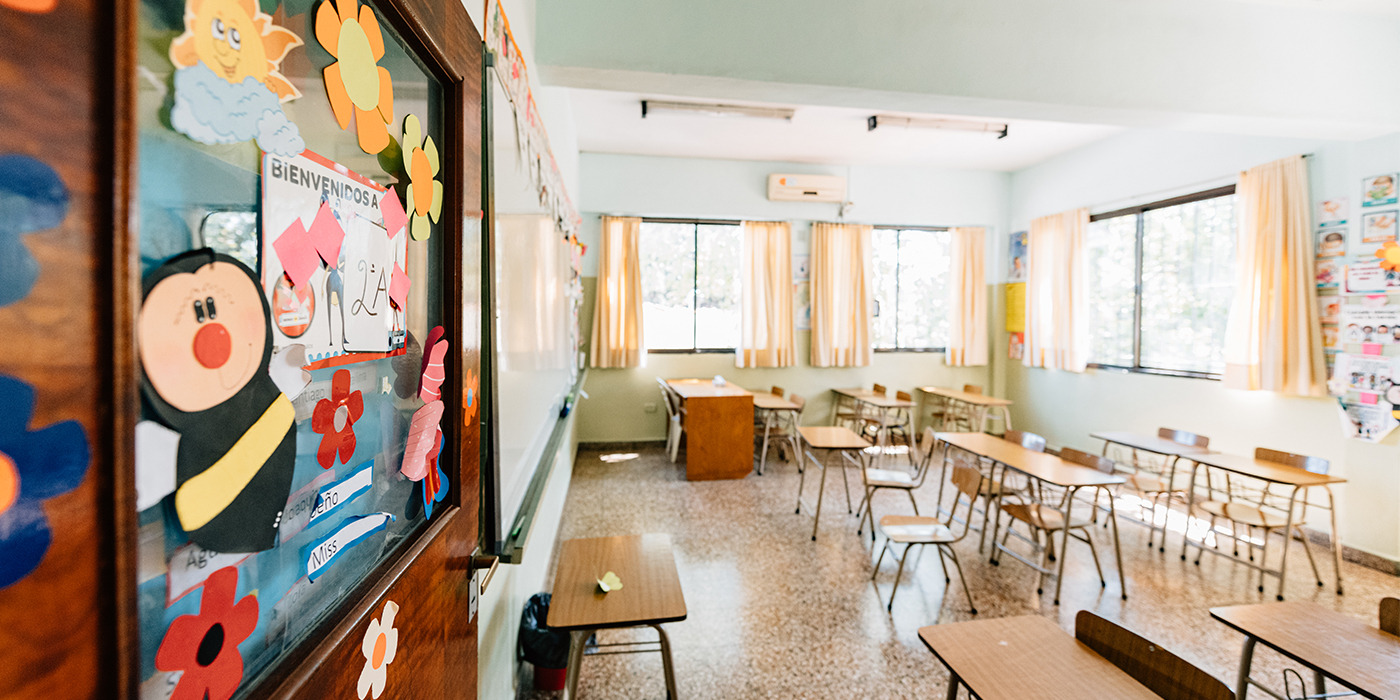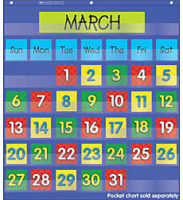Making the Most of a Small Classroom Space
A teacher with a background in interior design offers brilliant tips for transforming your room.
A small classroom may seem limiting, but with the right mindset and some creative energy, you can make the most out of what you have and provide an ideal, organized learning environment for your students.
Second grade teacher Erin Klein has a background in interior design, and she used this experience to improve and expand her classroom space. Below, she shares ideas that worked wonders for her tiny classroom — and can work wonders for yours, too! Of course, make sure your classroom meets all of your district's safety rules and regulations.
Flatten Your Walls and Go Outside
Incorporate nature into the school day by leaving your classroom behind.
When you have a small classroom, your school campus may offer stimulating new environments where children can stretch their legs and their minds. Find 'just-right' spots beyond your classroom walls where your students can read a great story, engage in rich conversation with friends, or simply sit and let their minds wander.
Whether your students prefer relaxing on the soccer field or cooling off under a shady tree, extending your classroom into nature can have huge advantages. “I find that when my children leave our classroom together, they begin to see one another not only as a person in class but also a friend they can talk with outside of reading and writing workshops,” Klein says.
Get Furniture That Fits
Think creatively when it comes to sizing and arranging furniture for your small space.
While searching for a narrow bookshelf to display her chapter books, Klein discovered that the perfect bookshelf was actually a media shelf designed for DVDs. The shelf fit perfectly in a space she was unable to use before, and its limited storage meant she had to be selective about which books to display. She regularly switches out the available series and genres, and with the books constantly in rotation, there are always exciting new reads for her students to enjoy.
Klein also finds that seating students at tables instead of desks allows for more floor space and makes collaboration a natural part of her lessons. Tables support interaction between students as they work in groups, often without needing to be prompted or encouraged.
Positioning tables near the center of the classroom can open up special nooks around the perimeter for small group reading instruction or math workshops. Klein transformed one of her ‘nooks’ into a "Collaboration Corner" where students work together, craft stories, and read with friends. It quickly became everyone’s favorite classroom spot!
Decorate Outside Your Room
Expand beyond your classroom door with a thematic hallway.
When you decorate the hallway outside your classroom, your students will still feel included should they need to work outside the room with a group of friends or another teacher. A decorated hallway will also add a sense of community that connects all of the learning spaces in a vibrant and positive way.
To create a unified thematic look, work with the other teachers in your hallway on a chosen theme, such as a town square (with each room decorated as a storefront) inspired by popular book series. When your primary decorating materials are paint and paper, this is a low-budget idea that delivers plenty of return on your investment.
Whether your students are working in their favorite classroom nook, in a vibrantly decorated hallway, or in the great outdoors, you can utilize your space to maximize learning and engagement all year long.
Shop additional organization tools below! You can find all books and activities at The Teacher Store.
Convenient and sturdy plastic bins for storing books and teaching materials help keep your classroom resources neat and organized!
For use with your Scholastic Monthly Calendar Pocket Chart.
Includes 108 cards:
• 3 sets of 33 calendar date cards in red, green, and yellow
• 9 blank cards
Full-color photo cards include 10 subject cards, 5 blank cards, and 1 title card. Also includes a 2-page activity guide.
Make this planner as unique as you are with full pages and doodles to color throughout the year. Express your creativity as you organize your teaching schedule with monthly and weekly planning pages, a student roster, birthday and holiday pages, and more. A cool way to combine organization and relaxation.
This full-color folder includes ample space for filling in all the information a substitute teacher needs! Features a handy storage pocket, charts, checklists, helpful notes, and more.
Keep students on track with these colorful cards to prompt good classroom behaviors. Post as friendly reminders of what's expected in class. Supports classroom management.
Students will be eager to help using this graphic jobs bulletin board set. Easy fold-and-tape format creates job pockets for easy assigning.










